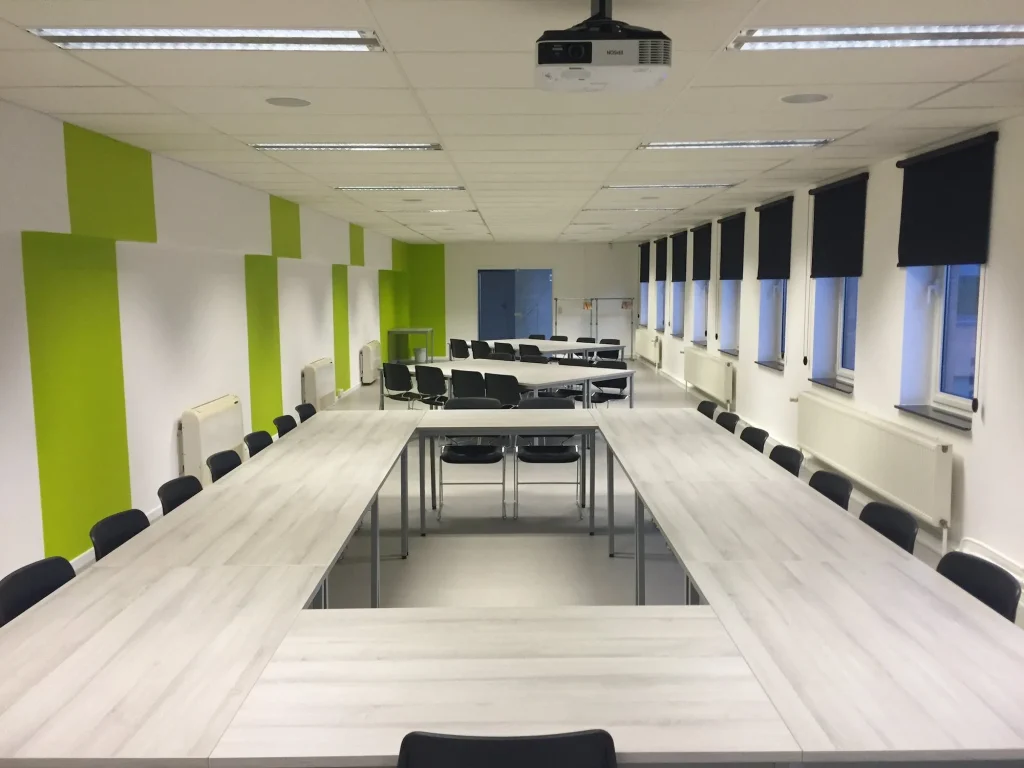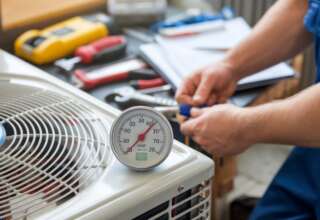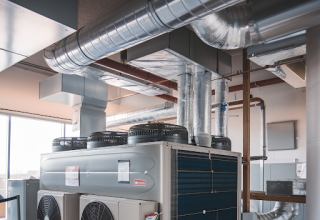Selecting the perfect conference table is a vital decision that can greatly impact the functionality and aesthetic appeal of your workplace. A well-chosen table can enhance productivity, facilitate effective communication, and create a positive impression on clients and visitors.
That said, conference tables differ widely when it comes to cost, which is influenced by a myriad of factors. This makes it a complex process that goes beyond just the table’s size or the material used in its construction. From design intricacies and manufacturing process to the brand reputation and customization requirements—each aspect contributes towards the final price tag.
Thus, familiarizing yourself with the elements listed below can help you make a well-guided decision if you’re going to get the best value for your investment and create a perfect workspace.
Material Used
The material used to make a conference table is a key factor. Materials of high-quality like, such as mahogany, oak, or cherry, will cost more because of their durability, aesthetic appeal, and the fact they are harder to procure.
Conference tables made out of lesser quality materials like laminate or veneer will cost less because sourcing them isn’t so hard, and they are easy to work with. However, they might not offer the same longevity or sophisticated look as their more expensive counterparts.
Size and Design
The table’s size and structural design will also influence its price in that a bigger table will use up more materials and labor, which will, naturally, drive up its price.
You’ll find that a U-shaped table with features like power outlets, data ports, and a cable management system will cost more than a simple, rectangular table of the same size.
Moreover, the design’s aesthetic appeal can also influence the price. Tables with intricate carvings, inlays, or other decorative elements will typically cost more than simpler designs. This is because these features require skilled craftsmanship, which can significantly add to the production cost.

Customization and Unique Features
Customization is another factor that can significantly affect the price of a conference table. Custom-made tables, designed to fit specific dimensions or to incorporate particular features, can cost more than standard models due to the extra time and labor involved in their design and production.
Unique features such as in-built power and data modules, logo engraving, or specific finishes can also add to the cost. These elements require additional resources and expertise, raising the overall price.
However, investing in a customized table can be a wise move in the long run, as it ensures that the table perfectly fits your needs and enhances your conference room’s functionality and aesthetics.
Shipping and Installation Costs
Shipping and installation costs are not often considered but can significantly add to the overall expense. Some manufacturers include shipping and installation in their prices, while others charge extra for these services.
That said, you can expect that the larger or heavier the table, the more it will cost you to transport. As for installation, there are tables that need professional assembly, which will also add to the final price.
To Sum It Up
How much conference tables’ cost varies significantly depending on several factors, from the material used, size and design, and features, to the shipping and installation costs. Thus, understanding these factors can help you get the best value for your money.










